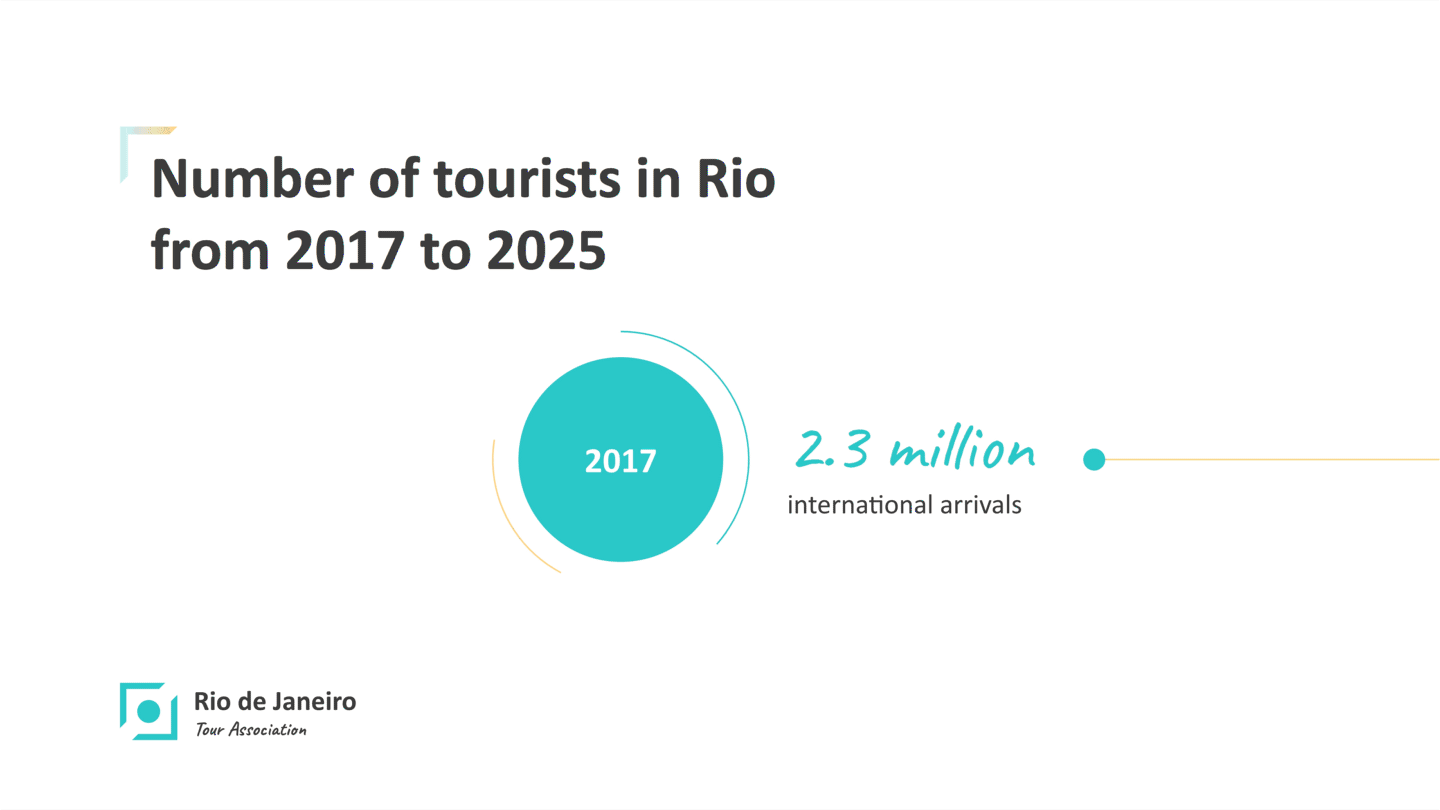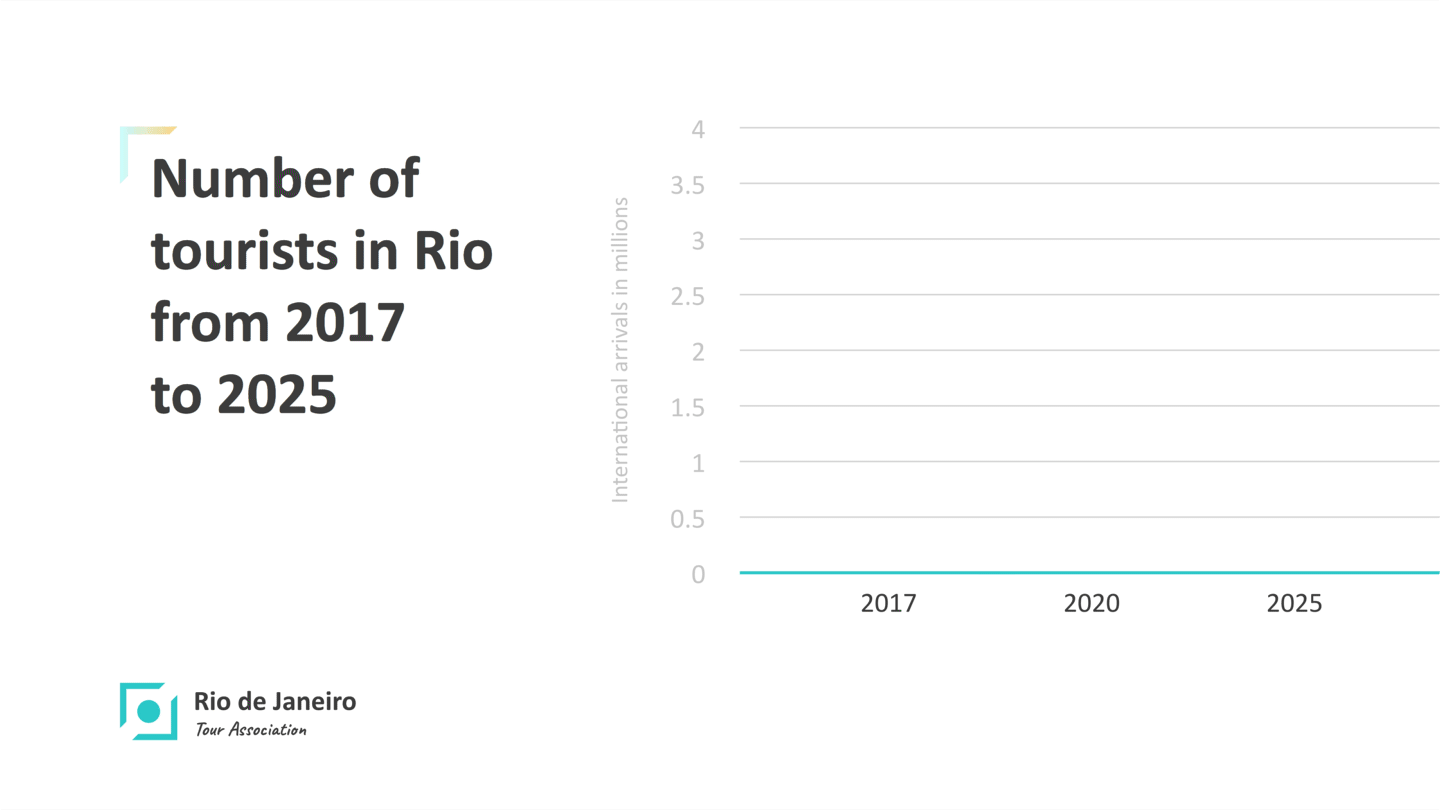Best Google Slides accessibility tools
We've rounded up some key Google Slides accessibility tools and features to help more people access your content more fully.

How can you bring your Google Slides presentation to life and engross your audience further? The answer is simple: animation! When used well, animation is a great tool, helping to capture your audience’s attention and consequently strengthening your message. Though Google Slides animation features aren’t incredibly wide ranging, we’re going to show you how to make the most of what’s there to work with.
Animation can build up processes step by step, keeping the audience connected throughout. It can compare before and afters and also show movement. That’s why animation – when used to communicate meaning – is so important. You wouldn’t want to pose a question and reveal the answer at the same time. It is crucial to time these elements to the presenter’s talk track, allowing the audience to interact with information in a more meaningful way.
With Google Slides animation can be applied to text, shapes, objects, and slides. Sometimes a simple transition or fade in can make a world of difference – allowing you to pace the flow of information or communicate processes and changes more effectively. It is also important to remember to not overpower your message with too many animations, make sure they are consistent and keep it to a minimum. Remember less is more.
If you’re looking for ways to enhance your Google Slides presentation and have been following our blog posts, you will know that compelling visuals are the most effective way to inform and persuade your audience. If you are new to our philosophy, here is a great place to start. To access Google Slides, click here.
We’re going to explain how to add animation to Google Slides and show you five ways to make the most of its animation features. Now, let’s get to it!
Transitions are animations added in between slides to help move smoothly between different pieces of content. Just like in PowerPoint, Google Slides allows you to add animations when you transition from one slide to another. Unlike in PowerPoint, these transitions are stored alongside the animations.
How to add a transition: Open a presentation in Google Slides. Click the slide you want to add a transition to. Then click Insert > Animation. Select a transition from the scroll down. If you want to apply the transition to every slide, just click on the Apply to all slides button.
If you change your mind and decide you want to remove the transition, here is how you do it: Go to Insert on the menu, then scroll down to Animation. The animation pane will open on the right of the slide. Click Transition and then No transition.
With this in mind, let’s look at two ways you can use transitions in Google Slides.
1. Dissolve
As seen on the slide below, a Dissolve transition in between slides gives your presentation better flow and to allow your audience a second to breathe and take the information in, before moving on to the next topic.

2. Slide from the left
You can also transition from slide to slide using a Slide from the left transition. In the example below we present important stats – by using the transition we can move along as if using the motion path animation found in PowerPoint. It’s a simple and effective way of showing progression.

Right, now that we’ve covered transitions, let’s talk about the more traditional animations in Google Slides. These apply to individual shapes, text, or objects on the slide.
How to add an animation: Open a presentation in Google Slides. Click the text or image you want to animate. Then click Insert > Animation. Click on Select an object to animate, scroll down and choose the animation you want to use. Then on the scroll underneath select whether you want your object to animate On click, After previous or With previous.
There’s three animation features that we really like to use, and we’ll show you how to use them.
This Google Slides animation allows you to bring in objects or text boxes one by one, automatically or with clicks. By setting objects to animate on clicks, you can to reveal each object as you discuss it, maintaining your audience’s focus on the topic. Without animations to pace the flow, your audience will likely read all of the content in one go, ignoring what you’re saying as the presenter and reaching the conclusion ahead of time.

Fade in is a very popular Google Slides animation as it can serve many different purposes. By bringing objects in with a fade, you can direct the audience’s attention to the item being discussed and you avoid overwhelming them with too many visuals all at once. It is very effective with bullet points, process items, or any shapes you want to present in a particular order.
In the example below we show the background photo of the Christ the Redeemer. It is both a beautiful and a relevant landscape that will engage the audience, in this case the travel industry. Having it take up the entire slide is an effective way to draw the audience in. After setting the scene we can then fade in the text content for the presenter to discuss.

This Google Slides animation is very useful if your presentation includes technical information, as it allows you to break up the data with eye catching motions, particularly in graphs. In our example below, we used it to add some movement to our chart, bringing one value at a time, helping the audience study the numbers one at a time. We’ve also used a white rectangle to mask the fly in below the X axis. For a tutorial of how to do that, check out our guide to animating with masks: it focuses on PowerPoint but the principle of masking and animation on a graph are identical in Google Slides.

So those are our five ways to use animation in Google Slides: two awesome transitions, and three useful animations! As you can see, it’s not difficult to use the Google Slides animation features to make your presentation more compelling and engaging. Be sure to consider the purpose and timing of your animations: use them to pace the flow of information and keep your audience following your narrative. Now that you know how to add animation to Google Slides and have seen some creative animation ideas, go and get started! If you are new to Google Slides and want to learn more about how to use the tool from scratch, here is our ultimate guide.
Leave a commentWe've rounded up some key Google Slides accessibility tools and features to help more people access your content more fully.
Is your Google Slides deck looking a little drab and dull? GIFs could be the answer, adding movement and life to your presentations in the place of complex animations. Learn how to add GIFs to Google Slides and more!
Although Google Slides is an incredibly simple and intuitive tool for building presentations, its animation limitations mean that slides can lack oomph. An easy way to bring movement and dynamism to your slides is by adding audio or video. In this blog post, we’re going to show you how to…
Join the BrightCarbon mailing list for monthly invites and resources
Tell me more!BrightCarbon staff are knowledgeable with excellent skills, and are unfailingly enthusiastic for each new presentation.
Sarah Appleton Brown Practice Plus Group

Appreciated! It’s one of the finest and concise articles on the animations in Google Slides. I would appreciate it if you could share the Google Slide-deck to my Gmail address.
Hi Gelli. Yes, we are happy to share this deck with you. If you could please email me on cecilia.croasdell@brightcarbon.com I will share it with you. Many thanks!
how do i animations on google sides ?
I agree these are very good and very helpful! #OMGLlovethese
#OMG!Llovethese
nice work, keep up the good work.
excellent
Thank you, Qdot! I am so glad you are finding our posts useful.
They are kinda useful.
4. how did you make the white area?
Hello. If you mean the white gradient box, on the 4th slide, this is how you can do it:
1. Create a box shape
2. Click the paint bucket tool and go to Gradient
3. Within Gradient click Custom
4. Make the left hand slider white and the right hand slider transparent
Many thanks!
Wow – thats cool! Thank you very much!
there is no dissolve
Hi Noah. We are referring to the dissolve transition, not animation. Many thanks!
thanks a lot
are there any add-ons for Google slides that allows you to use some of the animation effects that are in powerpoint?
Hi Marc
I’m afraid not, the only animations effects you can use within Google slides are the ones that are in the original program. It’s a real shame that even some of the more simple effects featured in PowerPoint aren’t able to be performed in slides. Wipe in being a good example of this.
There is one fairly long winded work around. If you have a newer PowerPoint version e.g. Microsoft 365 there’s now the ability to export out your slides as a GIF. This means you could animate your slides in PowerPoint the way you’d like them to work in Google slides, export to GIF format and then pull the GIF into the Slides deck (the same way you can drag in an image)
Hope this helps!
Thank you! Do you know how to put a curtain up on a slide that I can drag down as I reveal the steps to a math problem? I want to have it already finished and then just pull it down so students can check if each step is correct, one step at a time.
Hi Kasie,
You can just add a white box over the section you wish to hide and then you can add a fly out animation to reveal. In order to do that, just follow the same steps as #5 on the blog post, but instead of ‘fly in from bottom”, select ‘fly out from bottom’. I hope this is helpful!
Thank you very much! Very useful for me!
How can you make bullets come in in the reverse order? For instance I have a list of 5 things, and want to start at number 5 and build up to number 1. Thanks!
Hi Gregory. In order for the bullet points to come in in reverse order you would have to have each point in a separate box and animate them one by one. I hope this was helpful.
Thank you for this!
My question: I have a .png of a bird (it’s cut out and has a transparent background). When I have the bird enter from the left of the screen and fly out to the right, the bird is almost see-through as it begins its “flight” across the screen. By the time it’s leaving on the right side, it’s solid colors. I have no fade set. Can you advise?
Hi Charley, I am afraid that if that’s how the animation is set then there’s no tool to alter it on Slides. Sorry we couldn’t be more helpful.
I would like to make an object exit “fly out” diagonally from left to right.
It is a common animation on Ppt but this possible in Google slides?
Hi Vera. Unfortunately on Google Slides you can only Fly out vertically or horizontally. Google Slides animations are a bit more limited than PPT. Sorry we couldn’t be more helpful.
This is rather late, but you can achieve this effect I believe. If you do “fly out right” and pair it with “fly out up (or down)” the image will appear to fly out diagonally. You must be sure to choose the option “With Previous” for this to work!
When you are trying to do the animations, how do you make 1 object do 2 or more. My friend, Jade, made that happen and I am trying to make an arrow do 2 things at the same time. I am trying to do SPIN & FADE IN, and it won’t work.
Hi Ashlyn, just select the object, go to Insert>Animations and then add the animations to it. You can add as many as you need. I hope this is helpful. Many thanks.
I tried that many times
Hi Ashlyn. To apply two animations to the same object at the same time, you have to ensure that the lower of the two animations is set to ‘with previous’ instead of ‘on click’. Also make sure the timings of the animations are the same. To adjust the timings simply adjust the slider underneath. Hope this s helpful!
Thank you so much! Very helpful!
Thanks Cecilia Croasdell, words are too small for the value you add through your content, This is the best guide I have seen so far on the internet. 5 ways to make the most of Google Slides animation features was easy to understand with comprehensive and easy explanation. Really hard work, thanks for it.
I am so happy you found this helpful! Thank you! 🙂
Thanks!
Thank you for sharing these tips! VERY helpful for me and my students! Much appreciated! 🙂
Thank you!
Thanks for the info
Anytime 🙂
Hey do you know how to make an animation like on tv? in google slides me and my friends are bored.
Hello. I’m afraid animations are limited on Slides and won’t allow for that level of movement. You’d need an animation specific software. Sorry I couldn’t be more helpful.
its a amazing information Thank you! Do you know how to put a curtain up on a slide that I can drag down as I reveal the steps to a math problem? I want to have it already finished and then just pull it down so students can check if each step is correct, one step at a time
Hello. If you cover each step with a rectangle you can have each fly out on a click, revealing each step. Just follow the same steps as we did with “Fly in from bottom” in the article above. Hope this is helpful!
Thankyou
if you could emil this slide to me pl and thank you
Hi Naod. Happy to – please email me at cecilia.croasdell@brightcarbon.com and I can share it with you!
very informative guide
Hi, I love the animation! Can you provide me the link to how to make the slides?